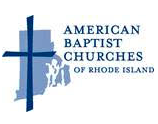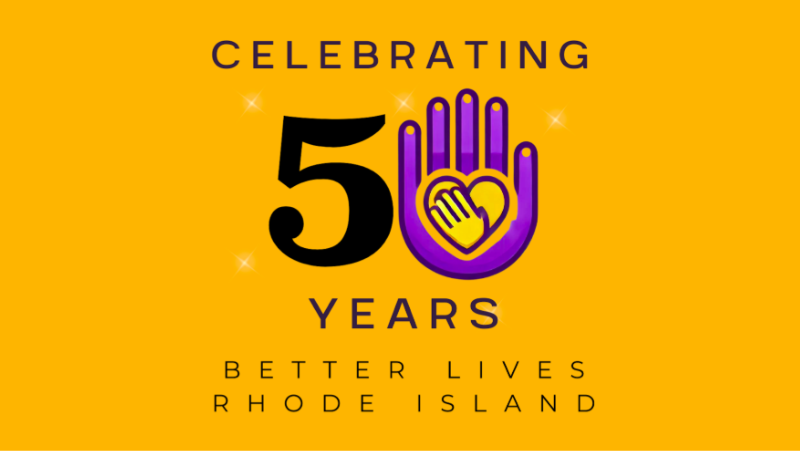Saturday, January 3
Saturday morning Frank Nicholson, Ann Marie Bausserman, Tristan Domingues, and Richard, Susan and Emma Lepore will fly to LaRomana to be the hands and feet of FBCIA in LaRomana, Dominican Republic. We will be working on construction at the Good Samaritan Hospital and helping with medical clinics in the batays. We hope to be a blessing to the people we serve and work with as we know they will be a blessing to us.
Please keep us in your prayers as we travel and serve and check here during the next week to read about our trip.
Sunday, January 4 Name that Tune

After a lovely outdoor breakfast, we walked over to the Haitian Church in town. On the first Sunday of the month, they bring in folks from the batays so the morning worship was in Creole. After an afternoon at the beach, we returned to church for the evening service, which was predominately Spanish and included lots of music.
Since I don’t understand much Spanish or Creole, I played name that tune. Watch a very short video of the choir singing a familiar hymn.
The evening ended with a fun time unpacking suitcases, sorting medical supplies and counting drugs. Never a dull moment in the DR.
Monday, January 5 In the Batay
Today the team split into construction and medical. The construction team went to the hospital where they moved sand and rebar to the fourth floor via the pulley, pulled electrical wires and did some metal work. The third floor of the hospital is almost complete. It has patient rooms.
The Batay we visited was about an hour. There are about 2000 people living there and lots of kids. Because the medical team was visiting everybody had the day off. 130 patients were seen, most received vitamins and pain medications. This batay also tends to have a lot of fungal infections. We also had four dentists pulling teeth and a deworming . It made for a busy day in the pharmacy. We walked around the Batay at lunchtime, followed by a group of kids hoping we would stop and take their picture.
After dinner, we spent a couple hours sorting clothing and counting drugs. The surroundings and the people make it all pleasant work. The most frustrating part of the trip is the intermittent WiFi. Perhaps it was better when we were completely disconnected from the world at large while we were here.
Tuesday, January 6 The more things change, the more they stay the same
The hospital is beautiful. The third floor is mostly completed and we were working on the fourth. Some of the rooms have beautiful wood paneling. The nutses’s station on the third floor is beautiful and the place was hoping. Lots of people going in and out. And dirty construction workers wandering up and down the stairs mingling with the doctors and patients. We moved sand from the ground to the fourth floor wiith the pulley, we mixed cement by hand, we pored 4 columns using feed buckets. We painted need lines in the parking lot. All jobs I had done before, but in a different location and a different purpose. It is so gratifying to see the physicals building going up and even more rewarding to see it being used. Moises says it’s so beautiful that some of the Haitians are asking if they can still come. Of course the answer is yes, it’s for you. You are important, you are loved.
Wednesday, January 7 Why don’t you get a cement truck?
Moises, the hospital CEO answered questions today at lunch. The hospital currently has about 400 employees and saw 78,000 patients last year. Not bad for a dump purchased for a dollar and lots of volunteer labor. The hospital began because the local hospitals would not always care for the Haitian population. Rev Jean Luc Phenard, who was the minister for the Haitian Baptist Church in LaRomana convinced the sugar cane company to sell him some land for a hospital. It was a crazy idea. But Jean Luc was a man of faith and action.
With a little help from some friends in New England, the land was cleared, the foundation dug and the walls began to go up. The word spread, and a few teams from New England became 40 – 60 teams per year from across the country. Two operating rooms and three patient rooms joined the emergency room. A water treatment system was added allowing for dialysis machines. A pediatric ward was added on the second floor with incubators for newborns. The third floor created more patient rooms (42 currently) and opened up room for two more operating rooms on the first floor. When the fourth floor is completed there will be 78 beds. A blood bank is opening on the first floor to provide blood to all the hospitals in the city. About 20% of the staff are Haitians who have been educated through scholarships from the hospital.
About 20% of the patients don’t pay. Most of the payments come from insurance and for other patients they charge reduced rates and create payment plans. There biggest obstacle remains money. Dialysis is a special problem. They are currently treating 15 patients. It costs $450 a week per patient. Two of the patients pay nothing. The other 13 can’t afford the $40.00 copay. On the plus side, visitors who come to the resorts on this end of the island, pay to have their dialysis at Good Sam. The hospital is not making money, but because of the continuing donations of materials, medicine, and labor they are not in the red.
Moises’s mother died because she did not get proper medical treatment. Jean Luc saw potential in him as a young man and helped him get an education. He planned to work on the computers at the hospital, but Jean Luc had bigger plans and asked him to become the hospital administrator. Moises was still learning the job when Jean Luc was killed in NYC in a plane accident in 2001. A difficult year followed his death as the organization struggled to fill a large void. Because the mission is God”s and guided by prayer rather than men and women, the hospital continues to grow.
So why don’t they just bring in a cement truck? The mission is about relationships. The relationships that are built among the team members and the relationships that the teams build with the people they come to serve. It’s important that human beings see and touch human beings. It’s important that we go home and tell our families and friends what a great place this is and about the good work that is being done. Grandchildren of the original construction and medical teams are beginning to show up in the DR to see what this is all about and carry on the work. It’s much more difficult to turn away when you can put faces to the issues and when you can put names to the faces. People build s better network of caring then money.
Friday, January 9 God’s rewards are here and now.
 The smile of an elderly lady being treated at the hospital.
The smile of an elderly lady being treated at the hospital.
The smile of a child when you share a book and animal sounds.
The thank you of a doctor for the lines you painted in the parking lot.
Touring a hospital that has grown by leaps and bounds.
Seeing old friends and making new ones.
Warm Caribbean water and a gorgeous sunset.
Where are God’s rewards in your life?.
Your support both in money and prayer are appreciated.














